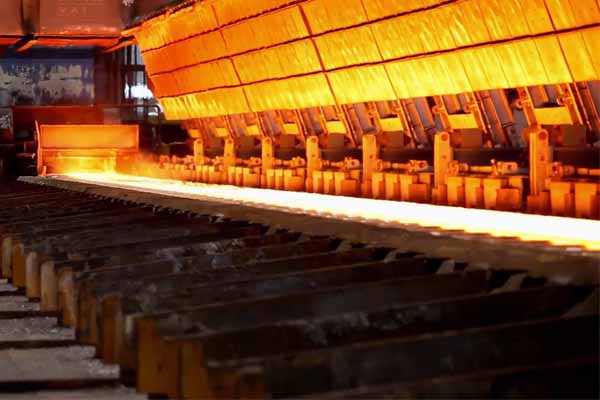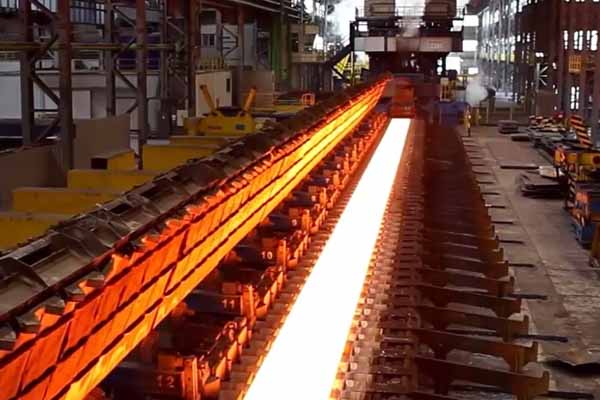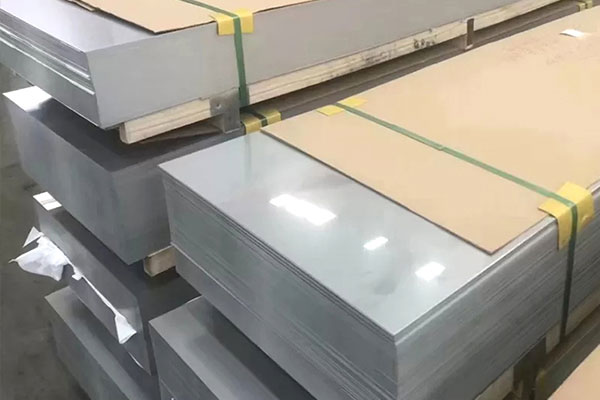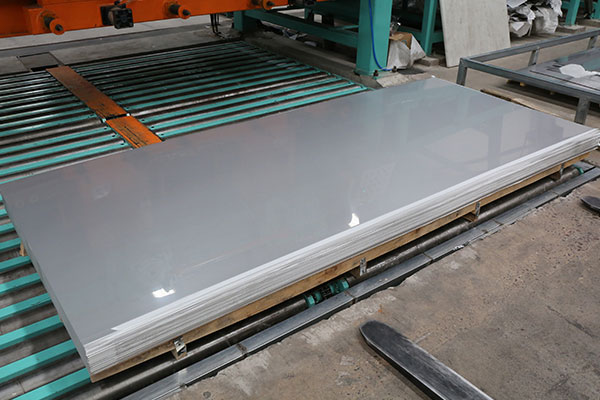What Is The Density Of Stainless Steel?
Date:2023-04-24View:1326Tags:Ronsco, 304 Stainless Steel, 316 Stainless Steel
Do you know why a tiny pebble will drop to the bottom of a glass of water, while a giant log will float on the surface of a river? Density. The pebble is more dense than the water while the tree is less dense. Like the pebble, steel is also more dense than water, but ships crafted from tons of stainless steel plate carry cargo and passengers on top of the ocean all the time. How does density explain that? Because the air inside the vessel’s buoyancy chambers is less dense than the water below it. That’s why a steel ship floats—and a steel submarine sinks.
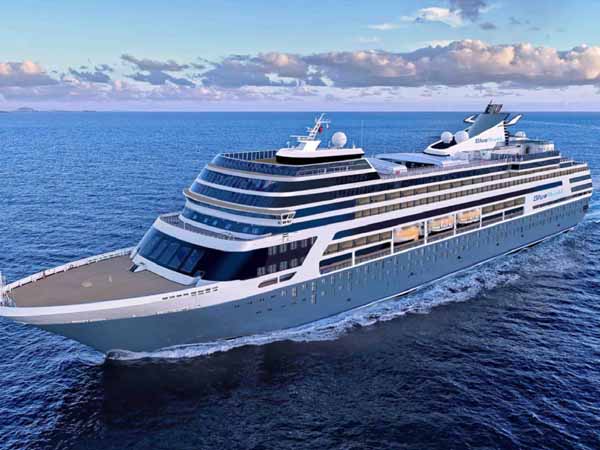
What is density?
Consider the old question: Which weighs more, a ton of bricks or a ton of feathers? The answer, of course, is that both weigh the same—one ton. The power of the joke lies in the concept of density not weight. Density is defined as mass per unit volume, is also an intensive property, expressed in the formula, density (p)=mass (m) /volume (V), which means that the density of an object never changes no matter how much of it is present. The unit of measure for density can be kilograms per meter cubed (kg/m3), grams per centimeter cubed (g/cm3), grams per meter cubed (g/m3), or pounds per inches cubed (lb/in3). A brick’s density is 1.992 grams per cubic centimeter while a feather’s density is about 0.0025 grams per cubic centimeter. That’s why one square inch of brick weighs more than one square inch of feathers, about 800 times more in fact.
What is the density of stainless steel?
Compared to other metals, stainless steel is an extremely dense material, but how does density vary among the different types of stainless steel? Let’s look at the two most commonly used grades of 304 stainless steel and 316 stainless steel. The two grades’different chemical composition and content determine the difference in their densities. The density of grade 316 stands at 7980 kg/m3, stainless steel 304 is less dense than 316, is about 7930 kg/m3. Density affects weight. Thus, grade 316 stainless product weighs more than the same product made with grade 304 stainless steel.
Why does density matter?
Density matters to manufacturers because it’s linked to a product’s mass and volume. These factors together determine size and buoyancy, which affect a metal product’s transportation, weight, and usefulness in a given environment. If you’re designing a lamp to sit on a table, for instance, the density of the material used may not matter much. If you are designing an airplane that has to get off the ground and stay in the air, density suddenly becomes very important indeed.

Density also matters when metallurgists blend one metal with another to make an alloy. When creating a new grade of steel or welding one kind of steel to another, density affects the strength, hardness, and malleability of the material produced.
 English
English Русский
Русский



